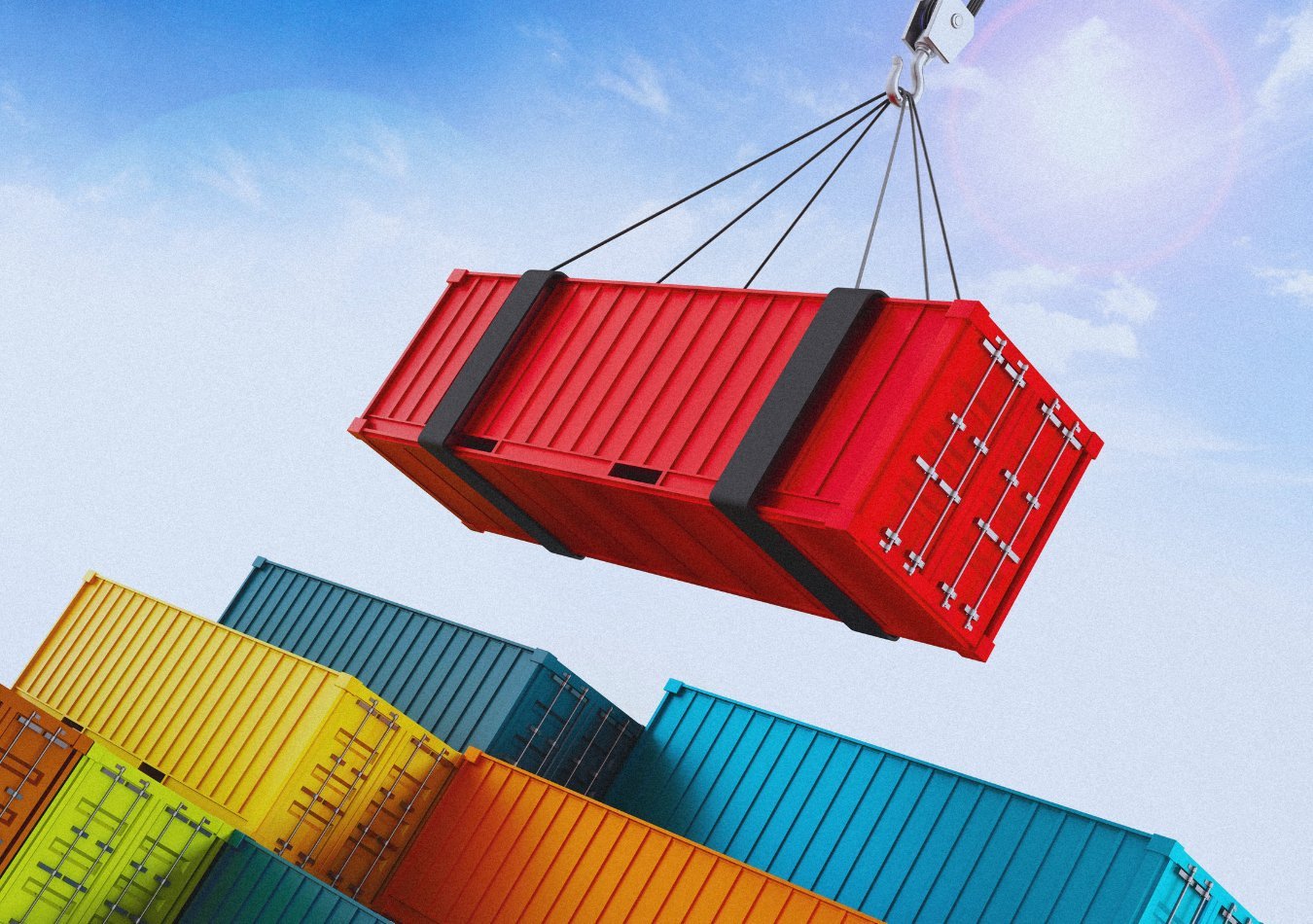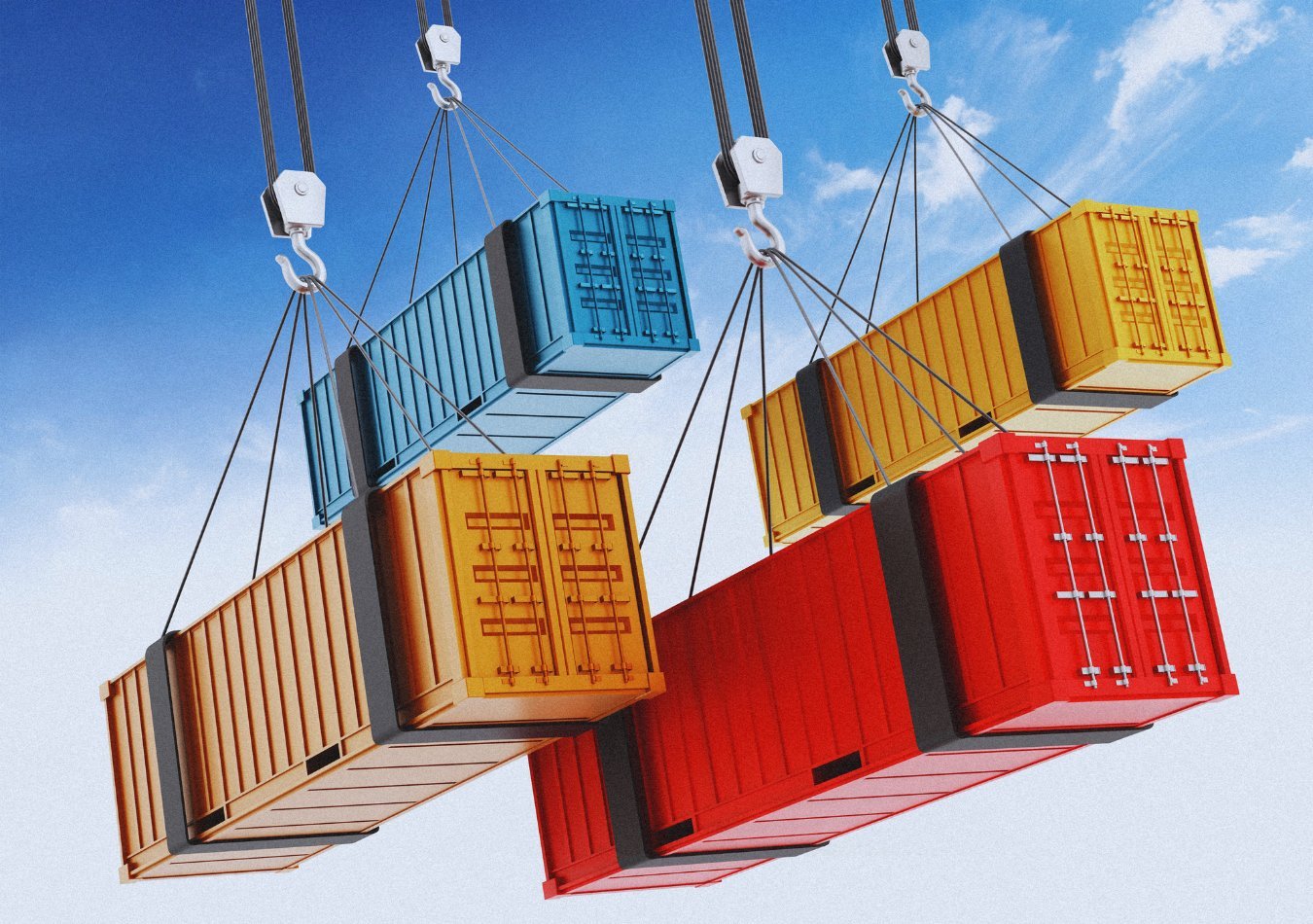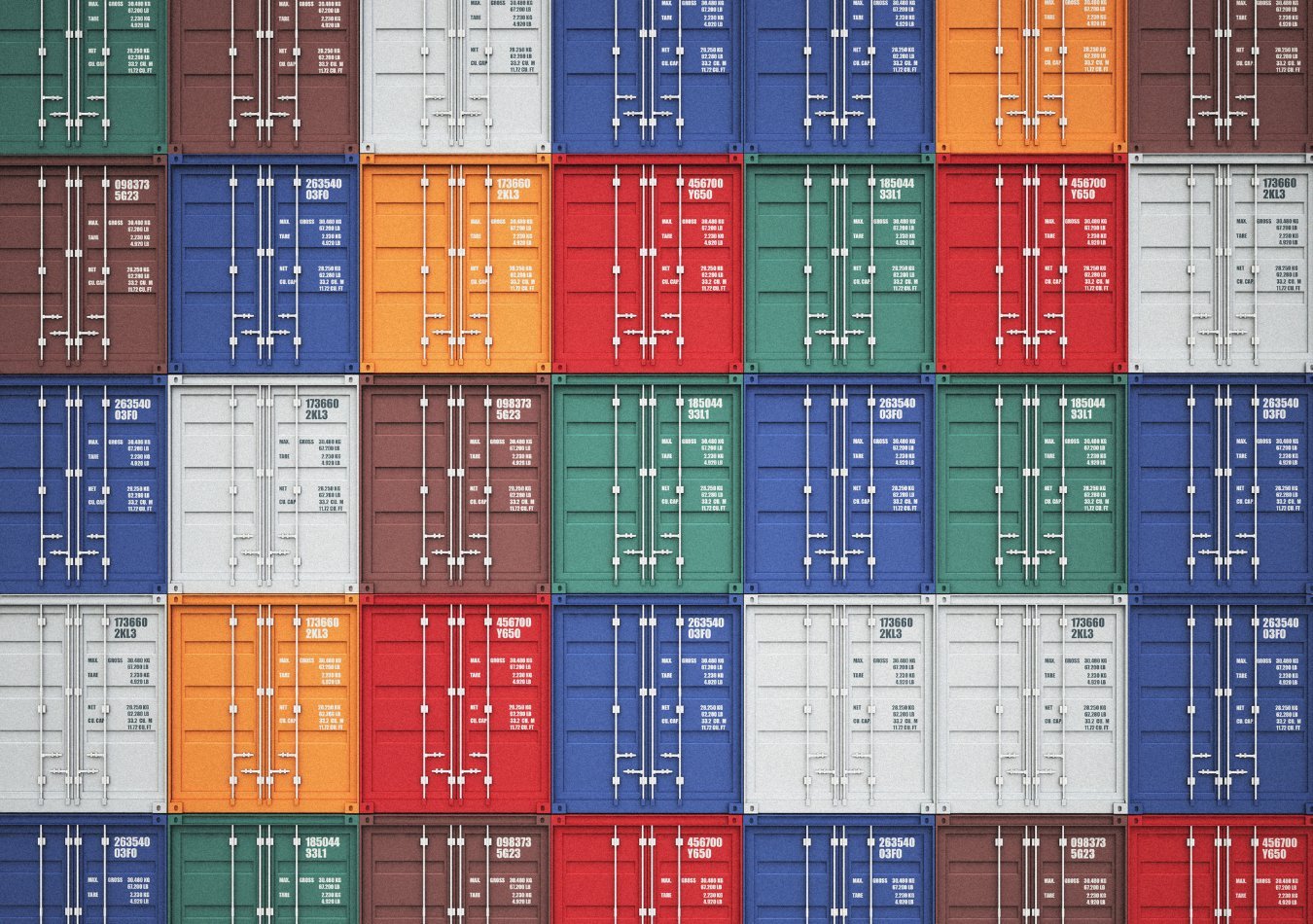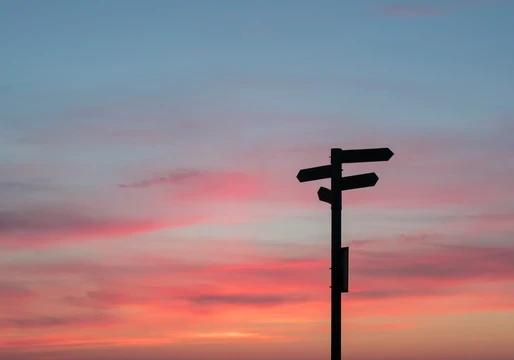Managing containerized applications can be a nightmare. Not only does it take up huge amounts of resources, but it's also incredibly time-consuming, taking up hours and hours development team's time.
When applications aren’t managed correctly your end users take the hit. From increased downtime to app crashes and security issues, badly managed applications are bad news for your customers. This leads to bad retention rates and ultimately a drop in revenue.
That's why many organisations are turning to cloud-based solutions like Container as a Service (CaaS) to streamline the application management processes.
This article delves deep into the meaning of CaaS, exploring how containerised solutions work, their benefits, and when they're suitable for your business.

What is CaaS?
Container as a Service (CaaS) is a cloud computing model where a provider manages the infrastructure and platform required to run containerized applications.
This means that developers can focus on building and deploying their applications without having to worry about the underlying hardware or software.
In a CaaS environment, the provider handles the underlying infrastructure, including the operating system, virtualization, and networking. This allows developers to focus on building and deploying applications without worrying about the complexities of container management.

With all of the infrastructure sorted, developers can concentrate on writing and deploying their applications more efficiently.
They can focus on the core functionality of their code, without being bogged down by the intricacies of managing underlying systems. This can lead to faster development cycles and improved time-to-market.
How does CaaS work?
With CaaS, developers upload their container images to the provider's registry and deploy their applications using a self-service portal or API.
The provider then provisions the necessary infrastructure resources – such as computing, storage, and networking – and deploys the container images to these resources.
CaaS providers typically use container orchestration tools like Kubernetes or Docker Swarm to manage the lifecycle of containers.
These tools handle tasks like scheduling containers onto available nodes, load balancing traffic, and automatically scaling up or down based on demand.

The provider also provides tools and dashboards for monitoring and managing the deployed applications. This means developers can view health metrics, logs, and resource usage, and they can also perform actions like rolling out updates or performing diagnostics.
Containerized applications deployed on CaaS can also be easily migrated to other cloud platforms or on-premises infrastructure, ensuring portability and flexibility.
Benefits of CaaS
1. Simplified container management
One of the key benefits of CaaS is that it significantly reduces the overhead associated with managing containers. CaaS providers handle tasks such as container orchestration, scaling, and security, freeing developers from these responsibilities. This allows developers to focus on building and deploying applications, rather than worrying about the underlying infrastructure.
2. Increased efficiency
Containers are lightweight and portable, making them ideal for modern application development. CaaS platforms often provide tools for automating tasks like container orchestration and load balancing, further improving efficiency. This can lead to faster development cycles and improved time-to-market.
3. Enhanced portability
Applications packaged in containers can be easily moved between different environments, ensuring flexibility and portability. This makes it easier to migrate applications to different cloud providers or on-premises data centres.
For example, if an organization decides to move its applications to a different cloud provider, they can simply package them in containers and deploy them to the new platform without having to make significant changes to the applications themselves.
4. Cost-effective
CaaS can be cost-effective since providers can optimize resource utilization and offer scalable pricing models. Organizations can pay only for the resources they consume, avoiding the upfront costs of purchasing and managing physical servers.
For example, if an organization experiences a temporary spike in demand for an application, CaaS platforms can automatically scale the application up to meet the demand, and the organization will only pay for the additional resources used during the peak period.
5. Improved scalability
CaaS platforms can automatically scale applications up or down based on demand, ensuring that they have the resources needed to handle varying workloads. This helps organizations avoid performance bottlenecks and downtime.
For example, if an e-commerce website experiences a sudden surge in traffic during a sale, CaaS platforms can automatically scale the website up to handle the increased load, preventing the website from crashing.
CaaS vs IaaS, PaaS and SaaS: What’s the difference?
CaaS (Container as a Service), IaaS (Infrastructure as a Service), PaaS (Platform as a Service), and SaaS (Software as a Service) are all cloud computing models that offer different levels of abstraction and management.
IaaS provides the most control but requires the most management, while SaaS provides the least control but requires the least management. PaaS and CaaS offer a balance between control and management, with CaaS focusing specifically on managing containers.
Here’s a breakdown of each model and their level of control:
- IaaS provides the most granular level of control, offering virtualized hardware resources like servers, storage, and networking. Users are responsible for managing the operating system, applications, and middleware.
- PaaS abstracts away the underlying infrastructure, providing a platform for developers to build and deploy applications. The platform handles the operating system, middleware, and runtime environment, while developers focus on building and deploying applications.
- CaaS is a specialized form of PaaS that focuses specifically on managing containers. CaaS providers handle the entire lifecycle of containers, including orchestration, scaling, and security.
- SaaS provides a fully managed application, delivered over the internet. Users access the application through a web browser or mobile app, without needing to install or manage any software.
When is CaaS a good idea?
CaaS is a good choice for organizations that want to leverage the benefits of containerization without the associated management overhead.
If you're not interested in managing the underlying infrastructure for your containerized applications, CaaS can be a good option. The provider handles tasks like container orchestration, scaling, and security, allowing you to focus on building and deploying applications.

CaaS is also a good idea for any organizations that need to scale applications quickly and require portability and flexibility to do so. CaaS platforms can automatically scale applications up or down based on demand, ensuring that they have the resources needed to handle varying workloads.
Containers are also portable, which means that applications packaged in containers can be easily moved between different environments. This can be useful if you need to migrate applications to different cloud providers or on-premises data centres.
This makes it ideal for organizations looking to bring applications to market more quickly since it simplifies simplifying the development and deployment process. This can give you a competitive advantage and improve your ability to respond to changing market conditions.
Examples of CaaS in action

Web applications
Many modern web applications are built using containers and deployed on CaaS platforms. This allows for efficient scaling, easy deployment, and improved portability. For example, a popular e-commerce website might use CaaS to dynamically scale its infrastructure based on traffic spikes during sales periods. By using CaaS, the website can automatically scale up the number of containers to handle the increased load, ensuring a smooth and responsive user experience.
Microservices architectures
CaaS is well-suited for implementing microservices architectures, where applications are broken down into smaller, independent services. Each service can be packaged in a container and deployed on a CaaS platform, making it easier to manage and scale independently.
A social media platform might use CaaS to implement a microservices architecture, where the platform is broken down into smaller, independent services such as user profiles, feeds, and notifications. Each service can be packaged in a container and deployed on a CaaS platform, making it easier to manage, scale, and update independently. For example, if the platform needs to add a new feature to the user profiles service, the developers can update the container for that service without affecting the other services.
Data-intensive applications
CaaS can be used to deploy data-intensive applications, such as data analytics platforms or machine learning models. By packaging these applications in containers, organizations can ensure consistent performance and scalability across different environments.
A data analytics platform might use CaaS to deploy its infrastructure. This allows the platform to scale up or down based on the volume of data being processed, ensuring that it can handle large datasets efficiently. CaaS can also help the platform achieve high availability, as containers can be easily restarted if they fail.
DevOps pipelines
A software development team might use CaaS to automate the deployment and management of their applications. For example, developers can use CaaS to deploy their applications to a staging environment for testing, and then promote them to production when they are ready. This can help streamline the development and deployment process and reduce the risk of errors.







Comments ( 0 )